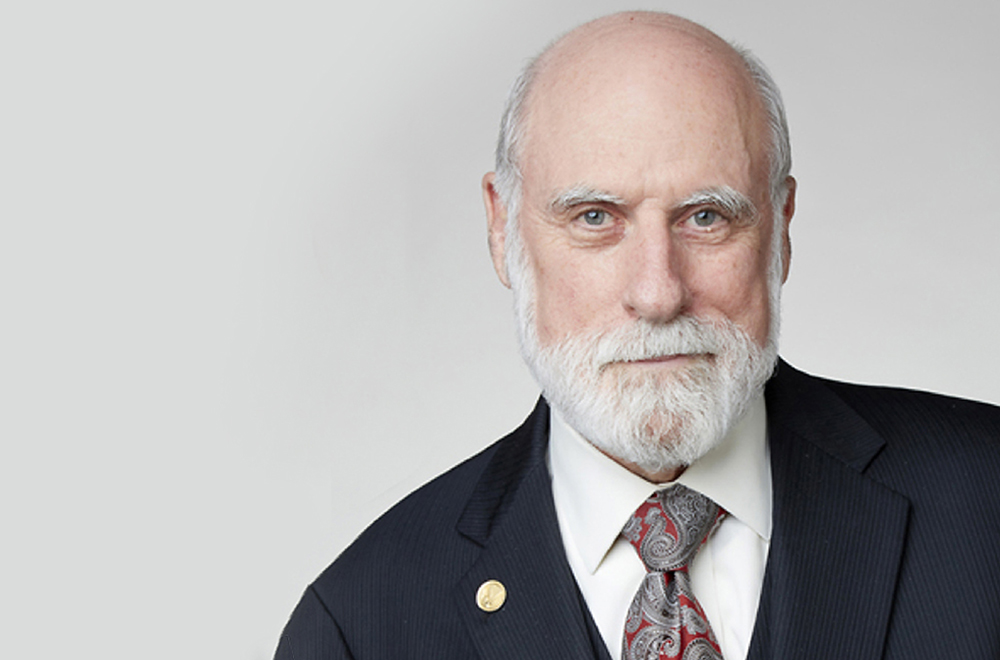A hearing impairment did not stop this computer scientist, currently chief evangelist at Google, from his ground-breaking work with technology in addition to his numerous humanitarian roles.
In this interview he speaks about his journey in creating the internet in the late 70s, his recovery from COVID-19 and predictions for the future of technology.
Increasing dependence on the internet…
“I’m particularly worried about, in general, the dependence we have on a variety of infrastructures—whether we’re talking about the road system or power generation and distribution, or water or supply chains, which we’ve discovered how easily they can be disrupted by things like the COVID-19 pandemic. So we should be thinking right now about how to make our infrastructure more resilient, more capable of coping with this kind of disruption, or at least how to do rapid reconstitution in the event of major disruptions.”
His personal COVID-19 experience and recovery…
“The thing that was hard was not the actual physical disease, which was with mild symptoms for both of us, but not knowing whether it was going to get worse. We were hearing reports of all the people ending up in hospitals and having to be put on ventilators and things like that. And of course, you don’t know during the course of this thing, whether it’s going to get worse or whether you will get better. By good fortune we very slowly regained energy, but it took about three weeks.”
Creating the internet…
“It was part of a military project to connect a bunch of computer science departments around the U.S. who were doing research on artificial intelligence and computer science and the defence department wanted them to share their computing resources and software. We were effectively looking for standards that could be implemented both by the communication systems, by the things that link them together, which we then called gateways. Today, we call them routers and of course the machines at the edge. And so the vision that we had might not be precisely what we’re seeing today, but it was certainly the idea that any computer should be able to talk to any other computer through any number of networks on a global scale and have it work. And I would say that we were pretty successful with that. “
On future tech predictions…
“The arrival of the smartphone dramatically increased people’s access to the internet. And it mutually reinforced the value of both because the mobile allowed you to get access to the internet anywhere you’d get a signal, and the internet made the mobile more useful because of all the content and all the applications that you could exercise with it. So we can see that trend continuing.
“We can see increasing amounts of fibre being pulled under the ocean to link the continents together at higher and higher capacities. We’re seeing the lower earth orbit satellite phenomenon, which has yet to prove itself. But if it works with 25 or 40,000 satellites in low earth orbit, it will be hard to avoid access to the internet by the end of this decade.
“I am very excited about another evolution for the network and that’s the interplanetary extension of the internet that work has been underway since 1998. It became very important in 2004 when the prototype software that was being designed for interplanetary communication and extension of the internet was needed in order to essentially recover communications from Mars to earth from the two Landers, the spirit and opportunity that arrived in January 2004. So the team I worked with at JPL uploaded prototype software into the rovers and into the orbiters around Mars in order to relay information back to earth in order to make sure that the missions could get all their data. For me anyway, it’s kind of like living in the beginning of a science fiction story.”
Article credit: Australian Academy of Science

